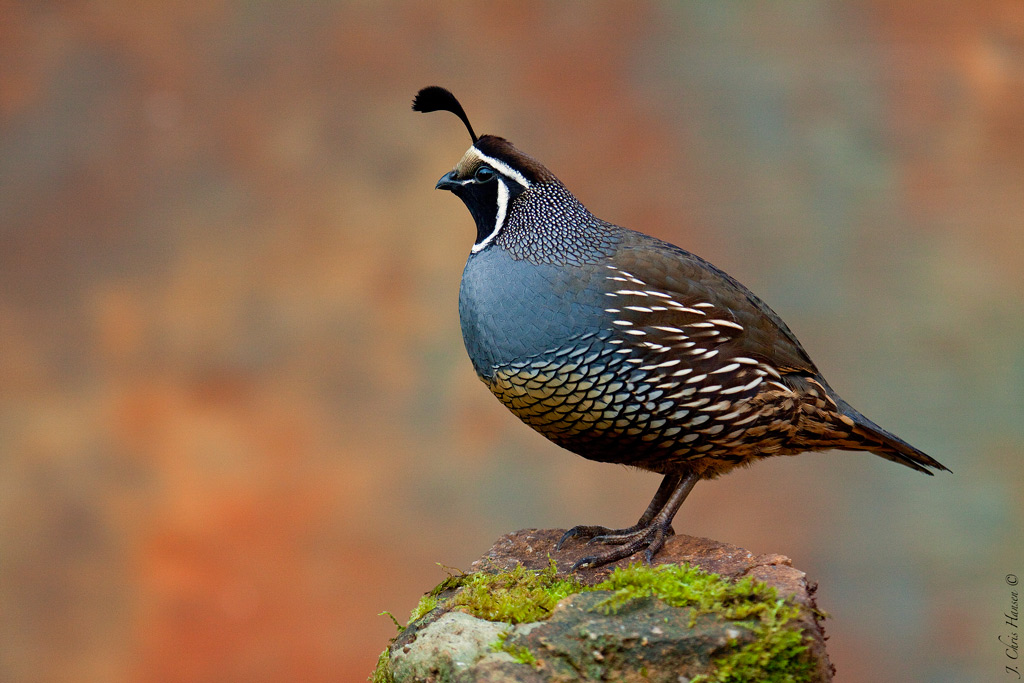


Each time you stop, wait at least 15 or 20 seconds before moving on if there are quail hiding nearby, they’re likely to get nervous and take to the air. When you find evidence of birds, walk the edge of the road in short bursts, stopping often near patches of roadside cover. One strategy is to drive or hike back roads, looking for tracks, droppings and dusting holes that indicate there may be birds nearby. Hunting StrategiesĪs with other upland game birds, quail can be taken by hunters without a dog. Mid-day also finds quail resting, often in moderate to heavy cover, or taking water, especially during periods of warm and/or dry weather. Quail may also use these areas to carry out one of their favorite mid-day pastimes, dusting. They also pick grit before these morning and afternoon feeding sessions, so don’t overlook roadside cover at the edges of lightly travelled back roads and off-road trails. Quail tend to feed most actively in the morning and late afternoon, so those are the best times to pursue them in and around grain fields and places where weed and grass seeds are readily available. Valley quail habitat includes thick tangles of trees and tall brush, especially near stream beds, small ponds and wetland areas valley bottoms with patches of Russian olive, oak or high sage weather-break tree lines and fence lines patches of low brush, weeds or tall grass edges of standing corn, wheat or other grain fields and medium to heavy cover surrounding harvested fields. A covey of valley quail may range from a dozen to several dozen birds. Females and immature birds are mainly grey-brown with a light-colored belly. Males have a dark brown cap and a black face edged in white, a brown back, a grey-blue chest and a light brown belly. Both males and females sport a curving plume, comprised of several small feathers, that droops forward.

Originally found from southern Oregon to the sound end of the Baja Peninsula and as far east as the western edge of Nevada, the valley quail has been introduced throughout much of the West, including Hawaii and British Columbia. Most common in California, Oregon and parts of Western Washington, they’re the only quail that makes an annual migration, moving upslope into the high country during the spring and returning to the lowlands in the fall. They tend to travel in small coveys, usually five to 10 birds. Males and females look very much alike, with chestnut-colored throat patches and chestnut sides with wide, white bars. Its head plume (top knot) is taller and straighter than that of the valley quail, especially when standing on the ground or perched. The mountain quail, largest member of the quail family, may weigh over half a pound and measure 11 to 12 inches in length. Mountain quail are available to Western Washington hunters only and are protected by a closed season east of the Cascades. Valley quail are by far the more abundant of the two and are found in huntable numbers on both sides of the Cascades, although the largest populations and best valley quail hunting occur in Eastern Washington. Monofilament recovery and recycling programīoth valley (California) quail and mountain quail are found in Washington.


 0 kommentar(er)
0 kommentar(er)
